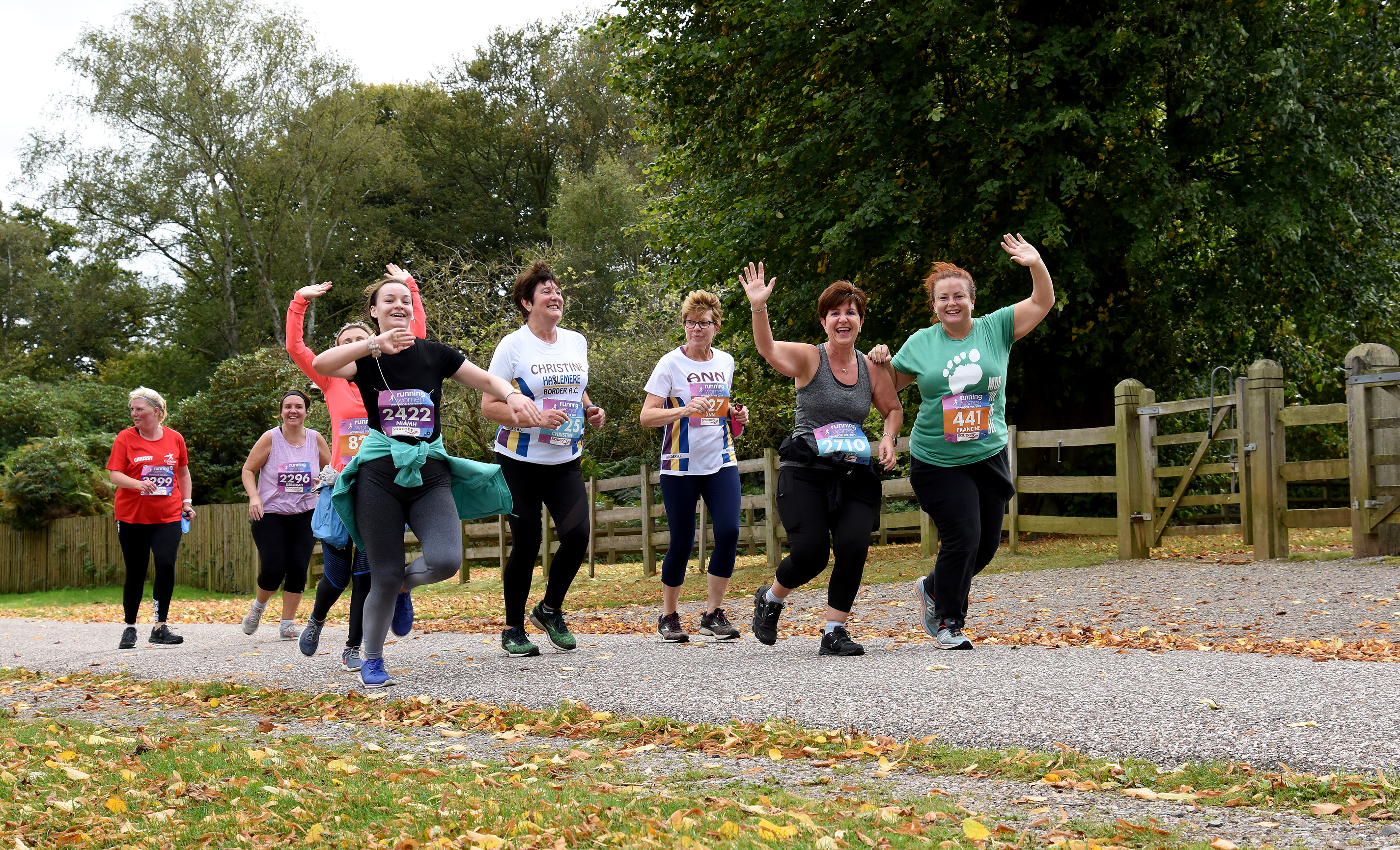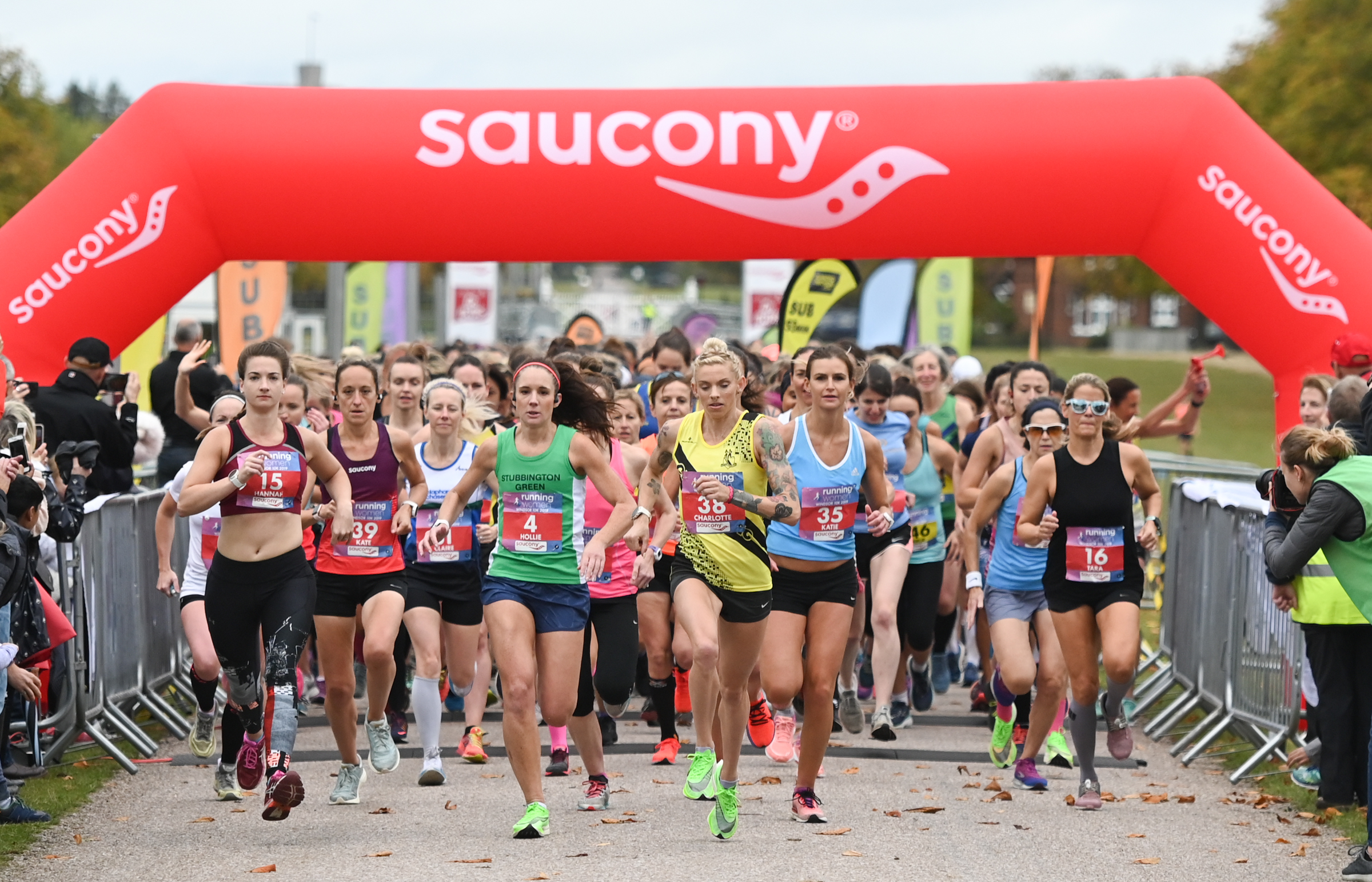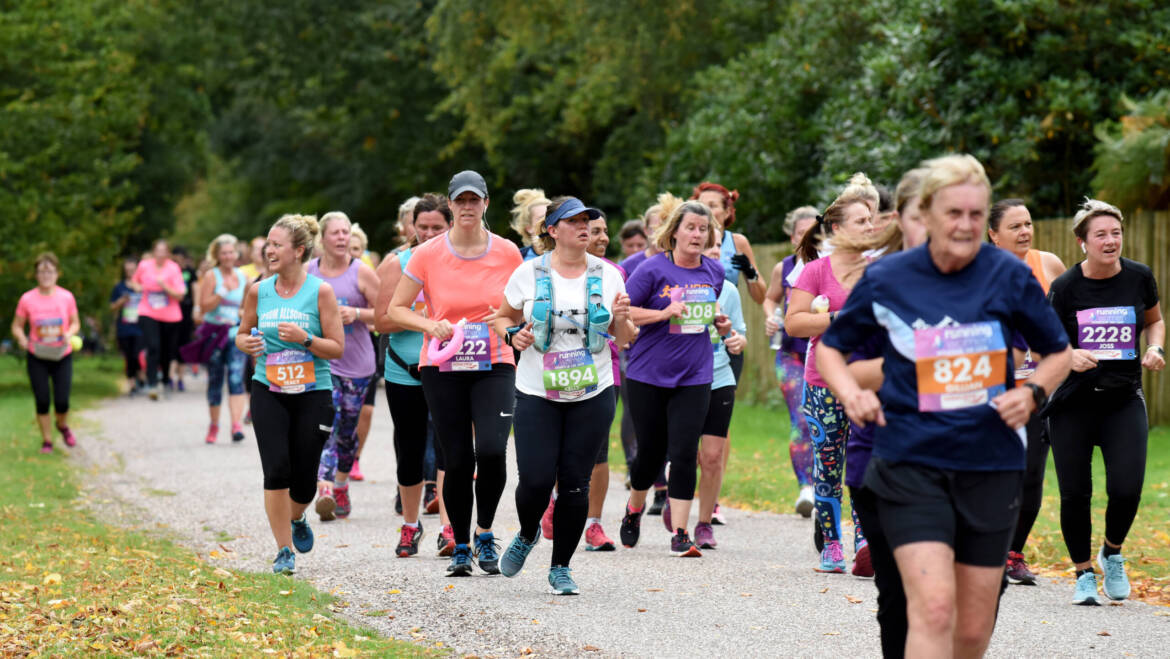Ready To Step Up From 5K To 10K?
Make the transition from 5k to your first 10K race easy and enjoyable
Remember when you started running? One mile seemed an incredible achievement, let alone 3.1 of them! But now you’ve mastered the 5K, with a few races under your belt. You can recall your PB any time you’re asked. So – what now? Is it time to step up to 10K?
10K might be double the distance of a 5K, but it’s not all that different. With a few tweaks to your training, you can easily cover 10K and step up to this new race distance. 10K is challenging and rewarding, but the training won’t take over your entire weekend. Training for a 10K will boost your fitness and help you push through training plateaus.
Make sure your first 10K is a success – we’ve got you covered.
1) Choose a race
A controversial first tip, but we think it’s valid. If you want to run a 10K, then challenge yourself by entering a race. Choose one at least 12 weeks away (if not more). Give yourself enough time to train, but have a goal to aim for. This will keep you on track.
2) Set a goal
Sure, your primary goal might be to finish your 10K race. But why not set a pace goal or a PB goal, too? After all, you know what you can do for 5K. Be bold and make plans for a 10K finish time. With a proper training plan and enough time, you should be able to achieve it!
3) Follow a training plan
Training for a 10K isn’t like running a marathon, but you will still benefit from a structured training plan. Look for one that fits your routine, and has progressive overload, rest days, and a taper.
4) Build the distance
Increase your mileage every week, and take some deload weeks (where you taper back on the volume). Don’t suddenly jump up in total weekly mileage, or in individual run distance. Your body and connective tissue needs time to adapt.
5) Do long runs
One of the big differences between 5K and 10K is the long run. With a 5K, “long run” isn’t in your vocabulary. But for 10K, it needs to be. You’ll build up to 5 and 6 mile long runs at weekends – so be prepared for around an hour of running. What an achievement!
6) Inject some pace
Your 10K training plan also needs to include some faster paced work. This could be hill reps or sprints, but the most useful type of training run with be a threshold session once a week. This means running at race pace or slightly faster. Threshold runs should feel slightly uncomfortable, challenging your legs, lungs, and focus as you push through holding a faster pace.
5) Include cross training
Add other forms of cardio into your 10K training plan. It will take some of the strain off your joints, muscles, and soft tissue whilst keeping your fitness levels high. In fact, it could even boost your fitness to greater levels. Schedule in a swim, gentle bike ride, or yoga class every week. Make sure your cross training uses a completely different movement to running.
6) Be strict with rest days
A good 10K training plan must have at least 2 rest days per week. You don’t need to run more than 4 days a week to run a 10K. Rest days mean rest days – don’t try to sneak in a run or do extra cross training to make up for it. Prioritise resting your legs and getting more sleep.
7) Recover hard
You should also take recovery seriously on non-rest days. Stepping up to 10K distance means more stress and strain on your muscles, nervous system, and even on your digestion. Every system in your body will feel the increase in mileage. So you need to sleep well, nourish your body, and keep your hydration on point.
Why not enter the Windsor Women’s 10k Saturday 28th September click here for more information
Similar Posts:
- Ready To Step Up From 5K To 10K?
- How To Structure A 10K-Training Week
- Training Tips For Your First 10km Race
- Finish the Windsor 10K with this 8 week training plan
- How To Train For A 10K Race With Limited Time
- How To Know If 10K Is Right For You



